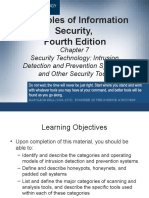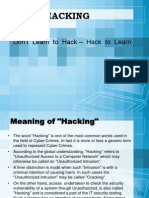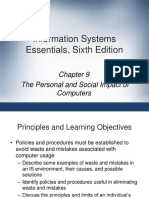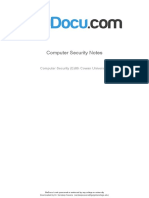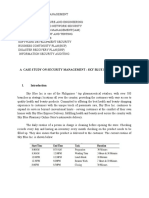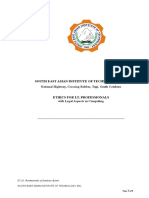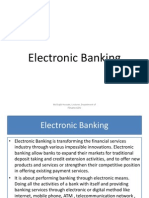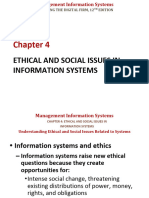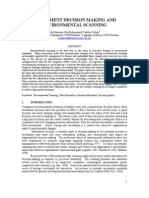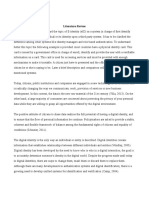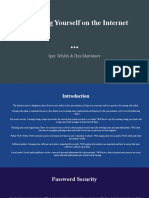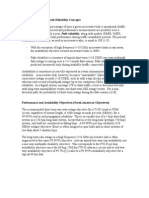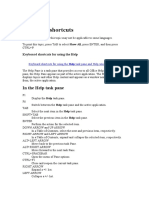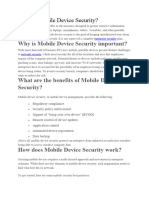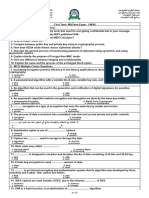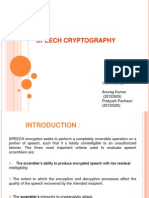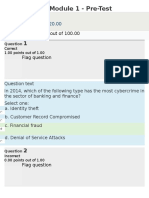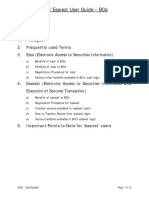0% found this document useful (0 votes)
487 views13 pagesProtecting Your Data and Privacy
This document provides tips for securely protecting personal devices and data. It discusses maintaining strong passwords or passphrases, using firewalls and antivirus software, updating operating systems and applications, safely using wireless networks and Bluetooth, and protecting data when using public networks. The document emphasizes using unique passwords for each online account and the benefits of a password manager to generate and store strong, unique passwords.
Uploaded by
Salman ShahCopyright
© © All Rights Reserved
We take content rights seriously. If you suspect this is your content, claim it here.
Available Formats
Download as DOCX, PDF, TXT or read online on Scribd
0% found this document useful (0 votes)
487 views13 pagesProtecting Your Data and Privacy
This document provides tips for securely protecting personal devices and data. It discusses maintaining strong passwords or passphrases, using firewalls and antivirus software, updating operating systems and applications, safely using wireless networks and Bluetooth, and protecting data when using public networks. The document emphasizes using unique passwords for each online account and the benefits of a password manager to generate and store strong, unique passwords.
Uploaded by
Salman ShahCopyright
© © All Rights Reserved
We take content rights seriously. If you suspect this is your content, claim it here.
Available Formats
Download as DOCX, PDF, TXT or read online on Scribd
/ 13







